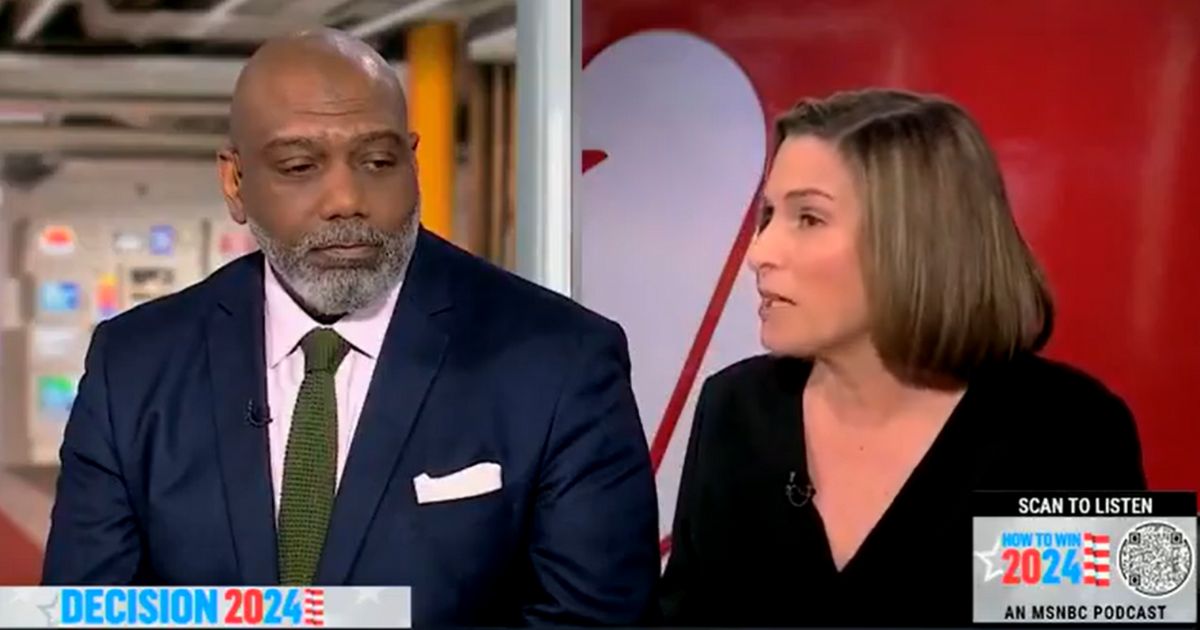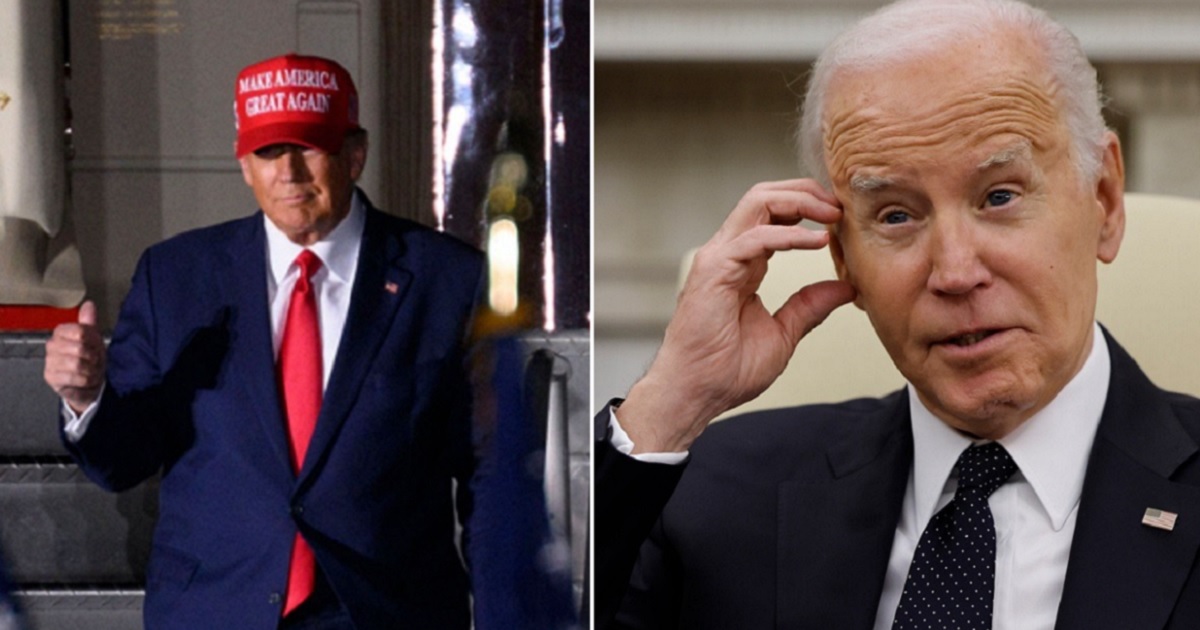Minnesota public schools experience a significant increase in chronic absenteeism.
More than 30% of Minnesota Public School Students Chronically Absent, Double Pre-Pandemic Rate
According to the state’s Department of Education, the number of chronically absent students in Minnesota public schools has skyrocketed to over 30%, twice the rate before the pandemic.
The state recently released data for the first time since 2019, revealing that only 69.8% of students attended school at least 90% of the time last year, which is the threshold for chronic absenteeism.
Urgent Call for Support
“These statewide assessment results reinforce what we and other states around the country already know—our students, families, school communities, and educators are continuing to recover from the pandemic and need our support,” emphasized state Education Commissioner Willie Jett. He added, “We will not shy away from what the data are telling us. These results send a renewed sense of urgency and underscore the importance of key supports that are already underway.”
In some lower-income Minnesota schools, less than 25% of students attend school regularly. The attendance rate in Minneapolis, where 57% of students live in poverty, dropped from 79% in 2019 to a concerning 46% in 2022. The decline was particularly significant among white students, who went from 90% attendance to 59%, and black students, who dropped from 71% to 32%.
“Parent Engagement is Key”
Phyllis Jordan, an absenteeism researcher, highlighted the importance of engaging lower-income families to address the issue. She suggested having community members, school liaisons, or teachers visit parents at home to understand the child’s home life, discuss attendance, and establish a connection through repeat visits.
Jordan also emphasized the significance of tracking data to identify patterns and find solutions. For instance, if a specific area consistently has high rates of chronic absenteeism, it may indicate the need for additional school buses in that district.
The Impact on Graduation Rates
According to the University of Chicago, chronic absenteeism can significantly impact graduation rates, with the effects often starting in middle school. Students who miss two or fewer days per school year in middle school have a 93% chance of being “on track” by their freshman year of high school. In contrast, those who miss around two weeks per year have only a 66% chance.
Furthermore, even one week’s absence per semester in ninth grade can lead to a more than 20% decrease in the likelihood of graduating by senior year.
Despite these challenges, Minnesota’s high school graduation rate has slightly increased from 83.3% in 2021 to 83.6% in 2022, nearing the historic high of 83.8% in 2020.
However, the proficiency rates in key subjects are concerning. Only 45.5% of students in grades three through eight and 11 met or exceeded math scores, while 39.2% were proficient in science and a mere 8.6% in English.
The Minnesota Department of Education declined to comment on the data when approached by the Washington Examiner.
What specific interventions and strategies have been proven successful in reducing chronic absenteeism in different districts
N poverty, is even lower at 62.1%. These numbers are alarming and highlight the disparities in educational opportunity that persist in our state.
The COVID-19 pandemic has undoubtedly had a significant impact on student attendance. With the shift to remote learning and the challenges that come with it, many students have struggled to consistently attend classes. However, it is important not to solely attribute this rise in chronic absenteeism to the pandemic. The issue of chronic absenteeism was already a concern before the pandemic, and the current situation has only exacerbated it.
Chronic absenteeism has long-term consequences for students. It not only affects their academic progress but also hinders their social and emotional development. Students who are chronically absent are more likely to fall behind their peers, experience lower academic achievement, and have a higher risk of dropping out of school altogether. This is a grave concern that needs to be addressed urgently.
Efforts are already underway to address this issue across Minnesota. The state’s Department of Education is working closely with schools to identify and support students who are chronically absent. Various interventions and initiatives, such as mentoring programs, attendance incentives, and family engagement strategies, are being implemented to improve attendance rates. Additionally, the state is investing in mental health services and other support systems to address the underlying factors contributing to chronic absenteeism.
However, more needs to be done. As Commissioner Jett emphasized, the data serves as a wake-up call for renewed efforts and increased resources to support students and their families. There must be a comprehensive and collaborative approach involving schools, families, communities, and policymakers to address the root causes of chronic absenteeism. This includes tackling issues of poverty, improving access to healthcare, providing transportation options, and ensuring that all students have the necessary resources and support to thrive academically.
Furthermore, it is essential to tailor interventions and strategies to the unique needs and challenges faced by different communities and schools. What works in one district may not work in another, so flexibility and adaptability are key in finding effective solutions.
In conclusion, the alarming increase in chronic absenteeism among Minnesota public school students demands immediate attention and action. We cannot afford to ignore this issue, as the consequences are far-reaching and pose a threat to the future success of our students. By working together and prioritizing the needs of our students, we can strive towards ensuring equitable access to education and improving attendance rates across the state.
" Conservative News Daily does not always share or support the views and opinions expressed here; they are just those of the writer."





